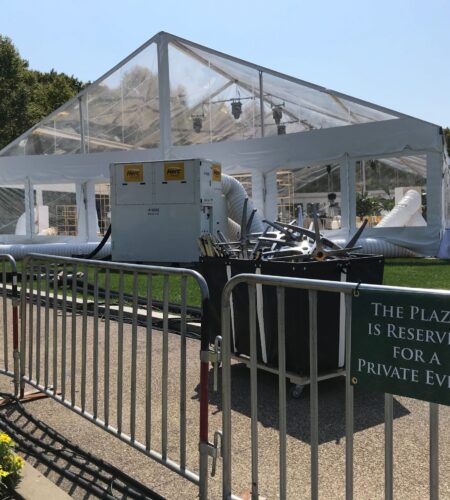Public spaces are the heartbeat of our cities. They are where we gather, celebrate, and experience a sense of belonging. From bustling parks and vibrant plazas to serene waterfronts and lively street markets, these areas are crucial to the urban fabric. But what defines a truly great public space, and why should we prioritize their preservation?
A Changing Definition
The concept of public space has undergone significant transformation over the centuries. In the 19th century, public spaces were envisioned as expansive, open areas designed to foster community gatherings and social interactions. These “rus-urban” parks, such as Madison Square Park, Bryant Park, Washington Park, and Central Park, were created to bring elements of the countryside into the urban environment, offering picturesque retreats within the city.
By 2020, the landscape of public spaces had evolved dramatically, reflecting changes in urban planning, social priorities, and the challenges of modern city life. Experts have raised concerns about the increasing privatization and commercialization of public spaces. This trend involves turning formerly open, accessible areas into private or semi-private properties, often for commercial purposes or exclusive events. Such transformations can limit public access and reduce the spaces’ availability for community use.
John Ruskin’s observation about the significance of public spaces still holds true today: “The measure of any great civilization is its cities; and the measure of a city’s greatness is to be found in the quality of its public spaces.” In the U.S., our challenge with public space often revolves around ownership and access. While sidewalks, parks, and streets are ostensibly public, true community ownership can be elusive. Simply allowing access does not necessarily mean that these spaces are equitably available or managed in a way that serves all citizens.

The Pandemic’s Impact
The COVID-19 pandemic underscored the vital role of public spaces in our lives. As lockdowns and social distancing measures took hold, people flocked to parks and open areas to exercise, socialize, and seek respite from home confinement. This surge in usage highlighted the critical need for accessible, well-maintained public spaces. Parks became sanctuaries, offering a sense of normalcy and connection in a time of uncertainty. They provided a safe environment for people to gather, even if only in small groups, and underscored their importance in our collective well-being.
What Makes a Good Public Space?
Creating and maintaining exceptional public spaces involves several key factors:
– Identifiability: A space that stands out is one that people remember. Unique elements such as striking sculptures, interactive water features, and distinctive signage can make a space memorable. For example, the Seagram Plaza in New York is famous for its fountains and pools, while the Paris Metro’s artistic signage helps visitors navigate the city with ease. Identifiable spaces encourage people to return and bring others along.
– Ease of Use: Comfort and convenience are crucial. Public spaces that provide amenities like ample seating, drinking fountains, shade, and good lighting invite people to spend more time there. Features such as clean and accessible restrooms, well-maintained pathways, and trash cans enhance usability. An easy-to-navigate space that caters to diverse needs makes everyone feel welcome and encourages prolonged use.
– Accessibility: Universal design is about creating spaces that everyone can enjoy, regardless of ability. Features such as ramps, accessible restrooms, and sensory-friendly areas ensure that public spaces are inclusive. Spaces designed with all users in mind—from the elderly and disabled to families with young children—promote a sense of community and inclusivity. A well-designed space is one where everyone feels they belong and can participate.
– Safety: A lively, well-lit space is inherently safer. Good lighting deters crime and vandalism while enhancing visibility, which makes users feel more secure. Additionally, a bustling public space naturally attracts more people, creating a vibrant atmosphere that fosters social interaction and a sense of safety. Regular maintenance and community involvement further contribute to the safety and upkeep of these spaces.

Preserving and Enhancing Public Spaces
Despite the challenges, there are encouraging trends. Farmers’ markets are transforming streets into bustling community hubs, parks are receiving renewed attention and investment, and many businesses are embracing the concept of inclusive, welcoming spaces rather than exclusionary ones. However, the fight to protect and enhance public spaces is ongoing. For a nation that prides itself on principles of freedom and equality, ensuring that public spaces are preserved and enhanced is not just an option but a necessity.
American cities need to remain vigilant against the encroachment of privatization and over-commercialization. Public spaces are a reflection of a city’s values and commitment to its residents. As we move forward, the focus should be on maintaining and expanding these vital areas, ensuring they continue to serve as inclusive, vibrant, and essential parts of our urban landscapes.
In summary, public spaces are more than just physical locations; they are vital components of urban life that foster community, enhance well-being, and reflect our values. By understanding and promoting what makes these spaces great, and recognizing their importance, especially in times of crisis, we can ensure they remain valuable and accessible for everyone.


